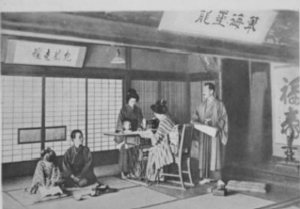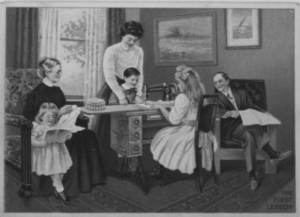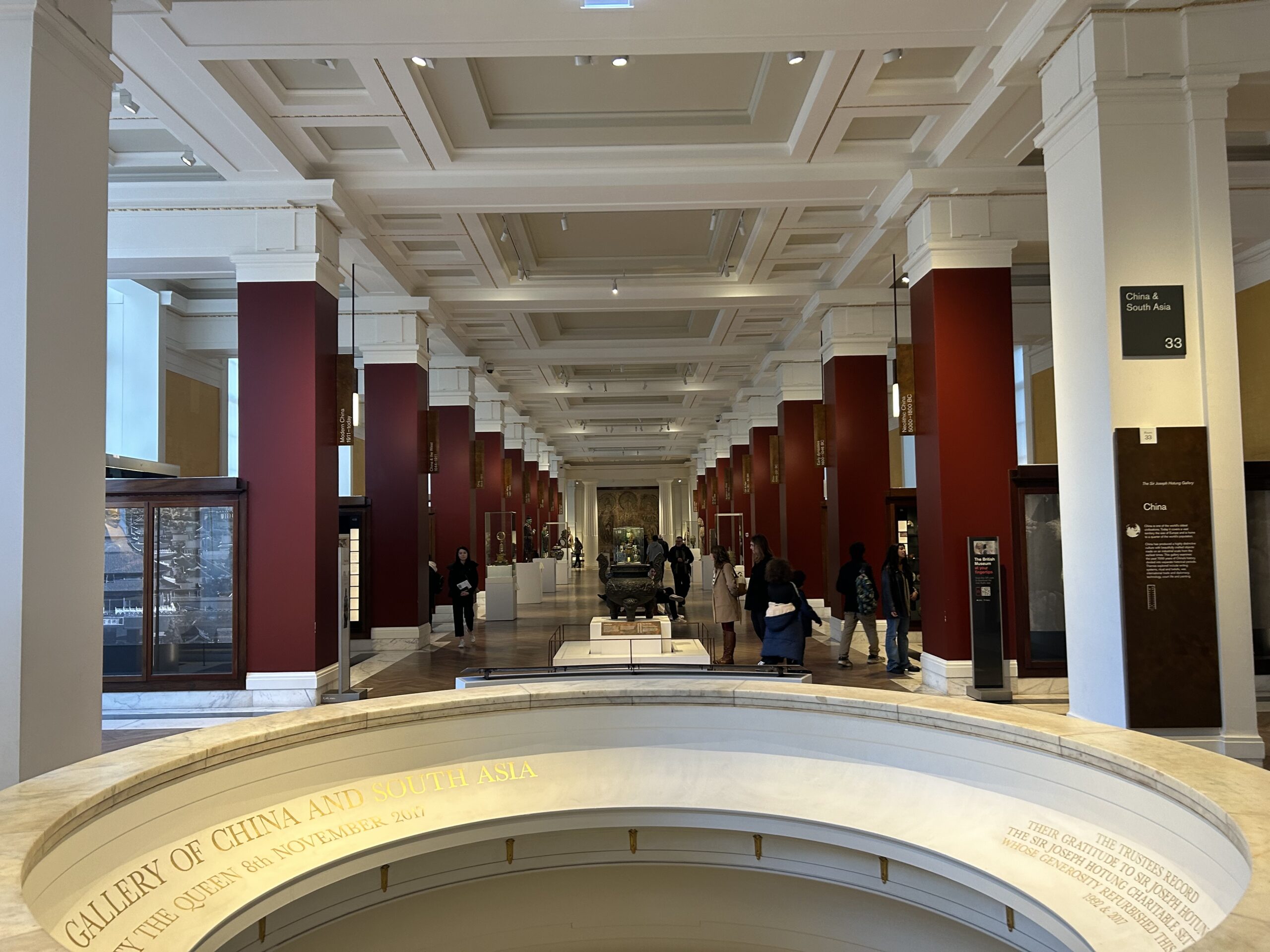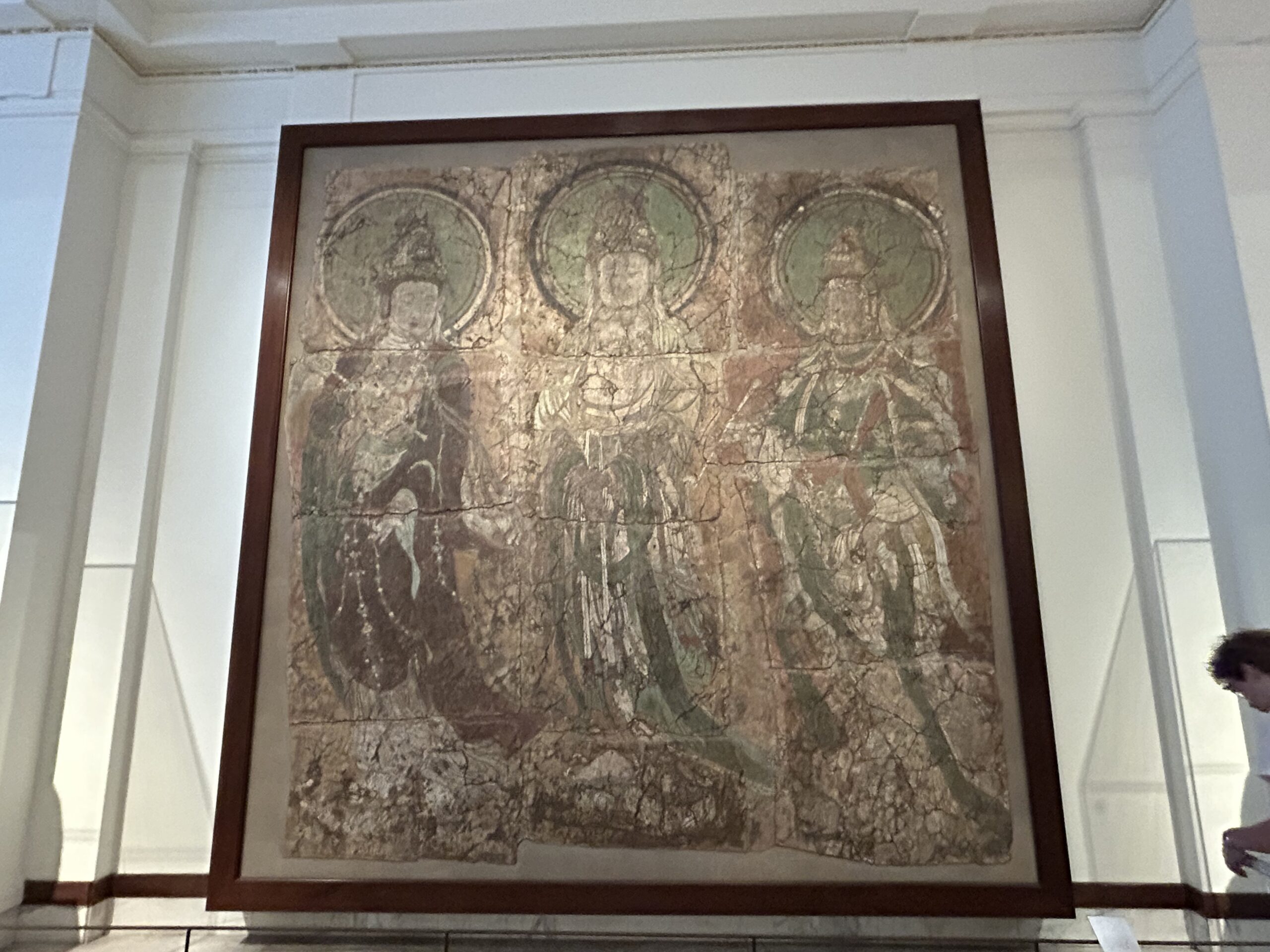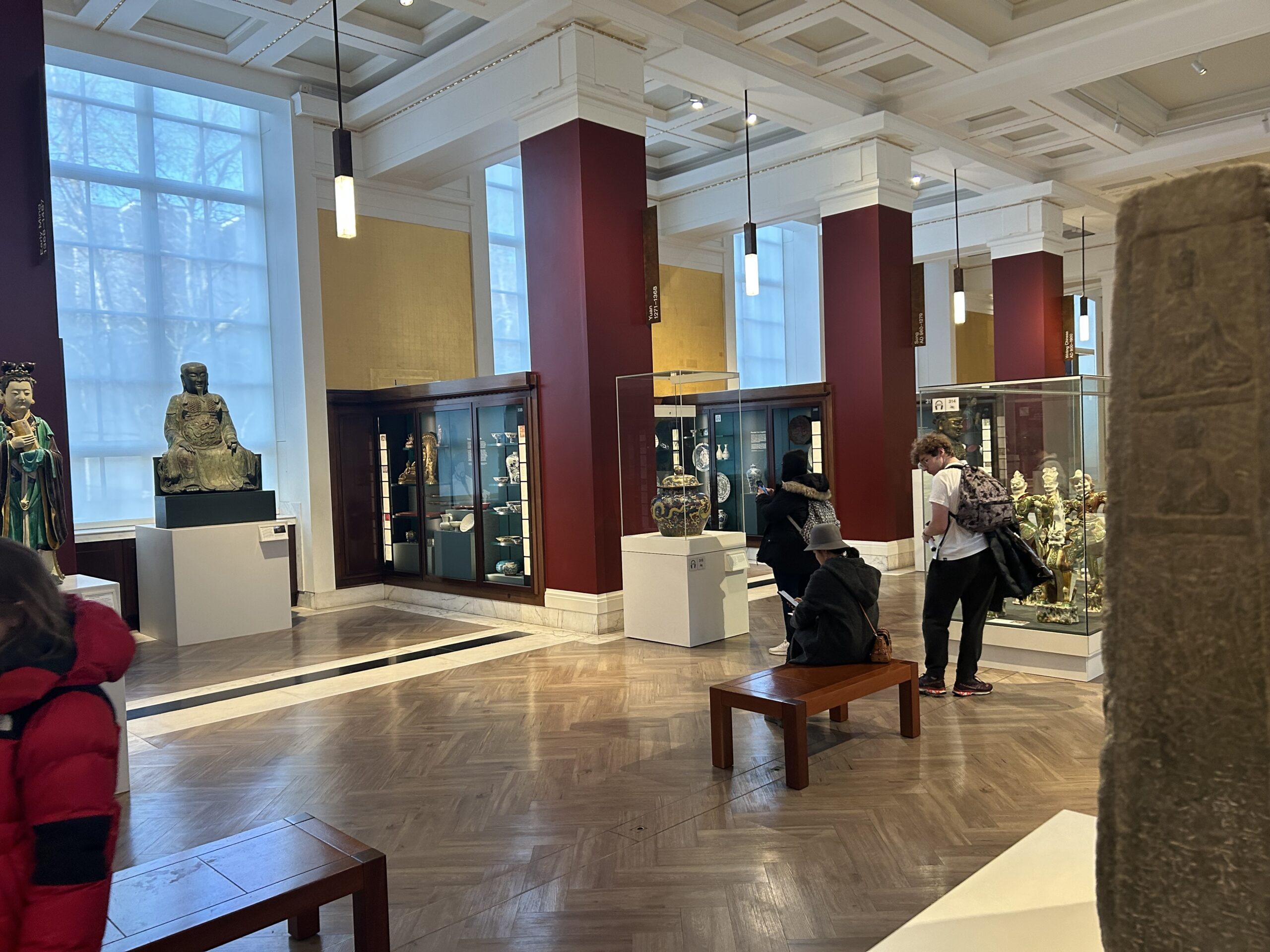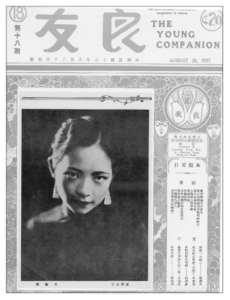The unique political status of extra-territoriality meant the treaty-port city of Shanghai was split into three settlements which were each policed independently by four different police agencies: the Shanghai Municipal Police (SMP) for the International Settlement, the Concession Police for the Frenchtown and the Nationalist Garrison Command’s military police and the Chinese Special Municipality’s public safety bureau.1 Isabella Jackson explores how policing within the SMP was shaped by the opinion that ‘all anticipated threats were Chinese’.2 Police forces partly act to enforce social norms, and this is significant in colonial contexts when social norms were new and artificial.3 Thus, this post argues that the SMP’s heavy-handed tactics towards the ordinary Chinese population evidences an attempt to consolidate Britain’s unofficial influence within Shanghai through reproducing a colonial social hierarchy. The post will demonstrate this by examining the Sikh branch of the SMP. It will use a letter to the editor of the North-China Daily News concerning the behaviour of a Sikh constable towards a Chinese coolie, to evidence the everyday role of the SMP within the Settlement and the everyday low-level violence towards the Chinese population.
In 1892, the North China Herald published a letter from an ‘eyewitness’ addressed to the editor of the North-China Daily News. ((“The Sikh Police,” The North-China Herald, September 16, 1892, 416.)) It recounted the author witnessing a
‘Sikh constable on duty at the corners of Chekiang and Nanking Roads called to the ricsha coolie to stop, walked up to him, struck him with a full blow on the breast, turned him round, kicked him from behind, and then pointed to him to go on the Chekiang road.’ ((Ibid.))
Firstly, the letter evidences the routine police work of the SMP’s Sikh branch. All police have the principal priority of maintaining social order, and the Sikh branch, because of their intimidating physical stature, were tasked with bringing order to the heavy and disorganised traffic within Shanghai’s urban space.4 This spatial distribution of the Sikh constables resulted in them having a constant physical presence in all the busiest areas within the International Settlement. This was significant as they became the most visible and interacted with symbol of British presence in Shanghai.
Alongside the letter exemplifying Sikh constables’ traditional policing roles, the letter’s description of the constable’s violent actions supports Jackson’s observation that ‘Indian constables had a particular reputation for violence’.5 The author expands in their letter to write that they ‘have seen several instances of Sikh policemen maltreating natives’,6evidencing the significant tensions between the Chinese population and the Sikh police. However, unlike the letter suggests, the tension should not be only considered a result of the Sikhs’ nature, as Jackson noted the Sikhs ‘were encouraged [by the SMP] to employ corporal punishment against Chinese.’7This reinforces this post’s exploration of how the SMP had an aggressive attitude toward the Chinese populace; thus, it is unsurprising that their officers replicated this attitude. The SMP’s entrenched discrimination towards the Chinese reflects an attempt to replicate official colonial societies where local populations were subdued to create a social hierarchy to establish urban control. As Jackson explores, there was a ‘racist logic operating in Africa and India that force was required to prevent crime among colonial population’.8 Furthermore, the violence not only being shown by the Sikh branch but also the wider SMP emphasises how the British were attempting to create this social hierarchy and secure their uncertain presence. This is also implied by how the letter was sent by an ‘eyewitness’ suggesting the author wanted to hide their identity, implying unjust violence towards ordinary Chinese was not uncommon within the Settlement, and it may have even been frowned upon for a non-Chinese to find an issue with it.
Furthermore, the letter notes, ‘it is a disgrace to the Model Settlement to have Sikhs knocking people about as they do.’9This suggests how the eyewitness was concerned with the actions of the constable impacting the broader reputation of the Settlement. It illustrates how the police represented the public face for both the Settlement and the British empire, reinforcing how police were considered to embody and enforce the desired social norms of the governing nation. Thus, it is evident why even within the everyday roles of SMP’s officers, there was a significant focus on recreating a colonial hierarchy within society to achieve urban control.
Overall, the letter published in the NCH exemplifies Sikh police brutality towards a Chinese coolie. The violence, as the author indicates was not a unique event. This blog post’s examination of the letter, in conjunction with Jackson’s conclusions on policing in Shanghai, supports how violence towards ordinary Chinese was a common event. However, it more significantly helps to reveal how the violence towards the local population was not only confined to Sikh constables; the SMP encouraged and held an unofficial policy of active discrimination against the local population. This policy reflects a desire to create an illusion of colonialism by replicating the social hierarchy of official colonialism which helped achieve urban control.
- Frederic Wakeman, “Policing Modern Shanghai,” The China Quarterly 115 (1988): pp. 408-440, https://doi.org/10.1017/s0305741000027508, 408. [↩]
- Isabella Jackson, “Policing and Conflict in Shanghai,” in Shaping Modern Shanghai Colonialism in China’s Global City (Cambridge: Cambridge University Press, 2019), pp. 113-163, 114. [↩]
- Robert A. Bickers and Christian Henriot, “Who Were the Shanghai Municipal Police, and Why Were They There? The British Recruits of 1919,” in New Frontiers: Imperialism’s New Communities in East Asia, 1842-1953 (Manchester: Manchester University Press, 2012), pp. 170-191, 173. [↩]
- Isabella Jackson, “The Raj on Nanjing Road: Sikh Policemen in Treaty-Port Shanghai,” Modern Asian Studies 46, no. 6 (2012): pp. 1672-1704, https://doi.org/10.1017/s0026749x12000078, 1690. [↩]
- Jackson, “Policing and Conflict”, 119. [↩]
- “The Sikh Police,”NCH. [↩]
- Jackson, “The Raj”, 1691. [↩]
- Jackson, “Policing”, 114. [↩]
- “The Sikh Police,” NCH. [↩]
